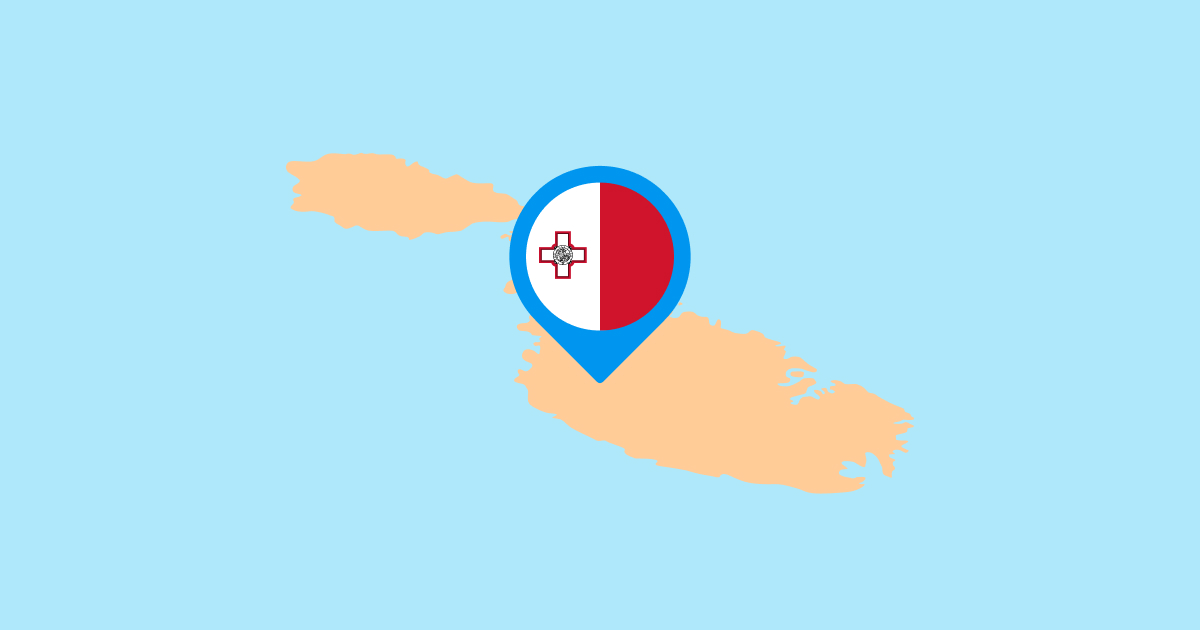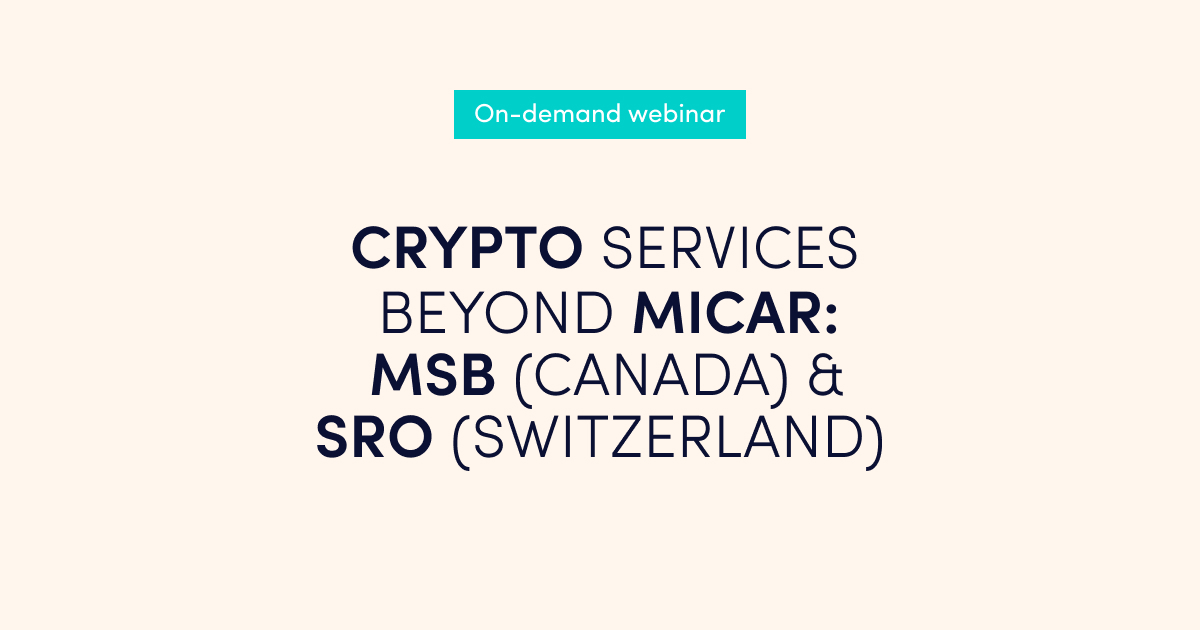The world of FinTech is highly regulated, and you need to be authorized to provide your fintech services. Some examples of this include the e-money or payment services license which you need to get if you want to provide payment services or issue e-money.
Don’t fear though! This article is designed to run you through the various steps that are required to get an E-Money or a Payment License. If you work through these systematically, you’ll be up and running in no time.
Let’s dig in.
Select the Business Model and Create a Business Plan
At the core of the application process, you need to be able to build trust with the regulator. The way you do this is by being very clear about the business you’re planning to build. FinTech is broad and you need to identify the clear niche that you will be targeting.
Who will be your customers? What markets will you enter? What services will you offer?
All these questions are key to helping the regulator understand your intentions and your business model – to assess whether you are suitable to get the e-money or payment services license. Focus on being as clear and transparent as you can here because that will show the regulator that you are a company that knows what they are doing. Not to mention the internal benefits of clarifying your own focus before you start scaling your operations.
Once you have that all bedded down, you need to create a business plan of some sort. This is the core document that regulators will refer to when assessing your business, the risk involved, and any future considerations. This plan should include the markets you’re entering, your target customers, your business model, your solutions, your unique value proposition, and 3 years of financial forecasts.
Choose the Regulator or Country of Licensing
As important a step is to choose the right regulator to engage with. We’ve written extensively about this in the past, but the core of this decision is deciding where your company will be formed and maintained, and where you plan to operate your services. This will dictate the specific countries that you might need to obtain licenses from. If you plan to operate in the EU, you can get an e-money or a payment license in any country in the EU. Keep in mind that Great Britain is not part of the EU anymore and you will need to receive additional authorisation from the British regulator FCA to provide your services in the United Kingdom.
When choosing the country, take into account fees, taxes, requirements for staff, license obtaining process, and regulator expertise. If you need more help in this regard, be sure to chat to us here at Advapay.
Choose an Appropriate License Type
The next step is to choose the appropriate license for your specific use case. There are two main types to consider here: an e-money institution license (EMI) and a payment institution license (PI). The major difference between the two is that an e-money license allows you to issue electronic money on top of all the other capabilities that are afforded to you under a payment institution license. We’ve written more about this topic here, so check that out if you’re looking for more details.
It’s also worth mentioning that for each type of license, there is also a distinction between a small institution license and an authorised institution license. This mainly refers to the scale of your operations because on the small version you have your capital requirements waived, but you also have certain restrictions on how you can trade. We’ve got a full explainer here that goes into the details.
Lastly, if you only plan to provide account information services, you can obtain a specific licence for that specific use case.
Evaluate the Requirements from the Chosen Regulator and Obtain the List of Required Documents
Now that you know what license you’re applying for and from what regulator, you can delve into the exact requirements. In each country the list of documents that are required will differ. Typically they will aim to cover the expertise of the team, the source of funds, security, and much more. Here is an example from Spain to give you a sense, but it’s important to find out what you need in your specific situation.
Prepare the Documentation and Fill In the Application Form
Filling in the application form is incredibly important, and you don’t want to make a mistake here. So, we recommend giving this task to professional consultants and/or lawyers who understand the process and can help you ensure that there are no speed bumps along the way. This can sometimes take in the order of 2-3 months to complete, and it requires consistent collaboration between the applicant and the expert, so keep that in mind.
Submit the Documents and Answer Any Subsequent Questions
Now you wait. Once you have submitted the documents, you’ll need to wait to receive any clarifying questions from the regulator. This can take a while, so be patient. When the regulator does come back to you, they may ask you to clarify information on your form, request additional documentation, ask for the capital to be deployed, etc. Follow their instructions carefully so you can progress as smoothly as possible.
Get your E-Money or Payment Institution License
Once all the questions have been answered and the regulator receives all the necessary documents, they will issue you with the license and grant you the authorisation to offer the specific services. Congratulations!
Consider Passporting
You have received a license in an EU company and then you’ll need to do one final step – which is to request permission to operate in other EU states and receive the passporting rights.
Passporting is the exercise of the right of an authorised firm to conduct activities and services regulated under EU legislation in another EEA state on the basis of authorisation in its home state. The activities can be conducted through an establishment in the host state (using its right of establishment) or on a cross-border services basis without using an establishment in the host state (a ‘services’ passport).
Keep in mind that passporting rights under EMD2 (the Second Electronic Money Directive) and PSD2 (the Second Payment Services Directive) are available only to Authorised E-money Institutions (EMIs) and Authorised Payment Institutions (APIs). Passporting rights are not available to small EMIs and small APIs.
But if you do qualify, this can be extremely valuable as you scale your operations across the EU.
So there you have it! Those are the steps that you’ll need to follow in order to obtain your e-money or payment license. They can seem a bit overwhelming at first, but if you work through the process systematically, you can make sure that you jump through all the necessary hoops to get up and running.
If you are looking for some professional assistance in this regard, Advapay is here to help. We have worked with numerous FinTech clients and have helped them navigate these murky waters so that they can stay focused on building their business. We’re passionate about helping these businesses up off the ground and you could be next!
If this sounds of interest, check out what we offer and then get in touch today so that we can see how we can help!








